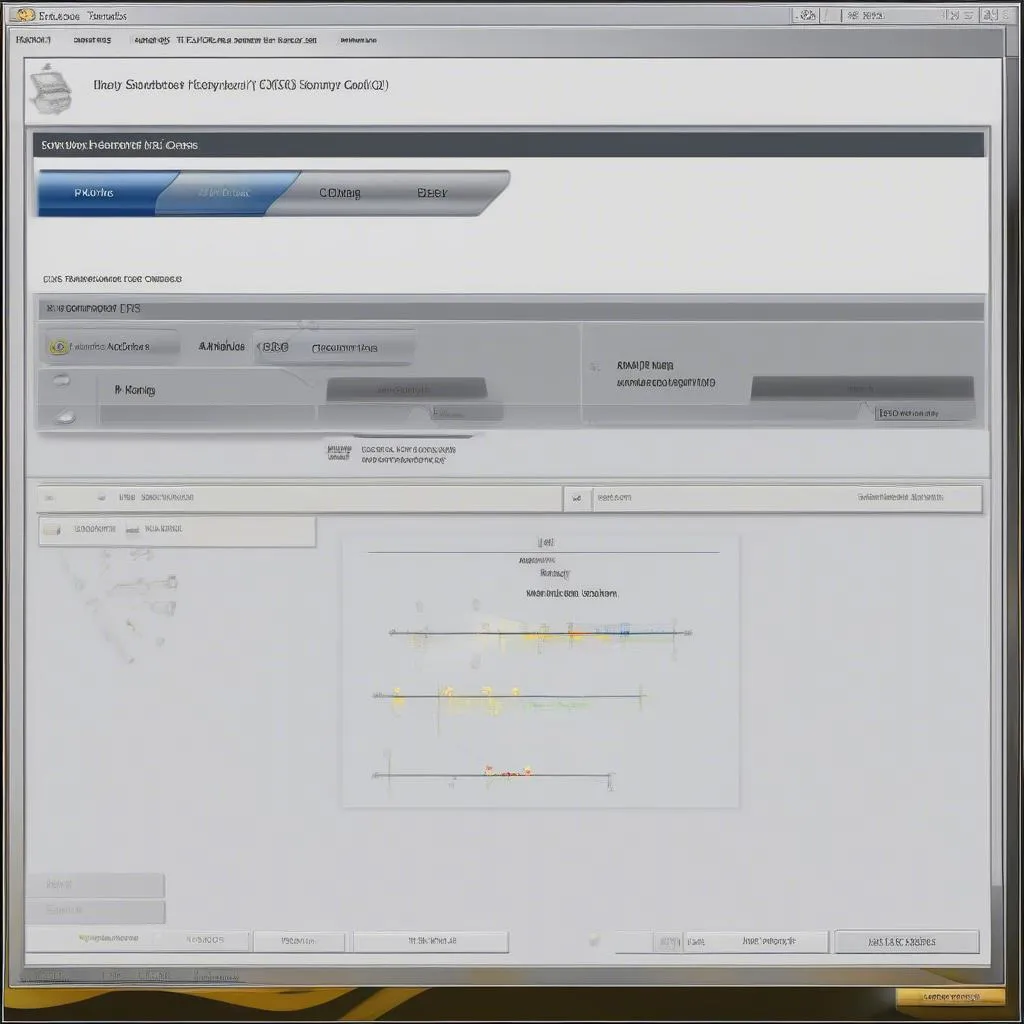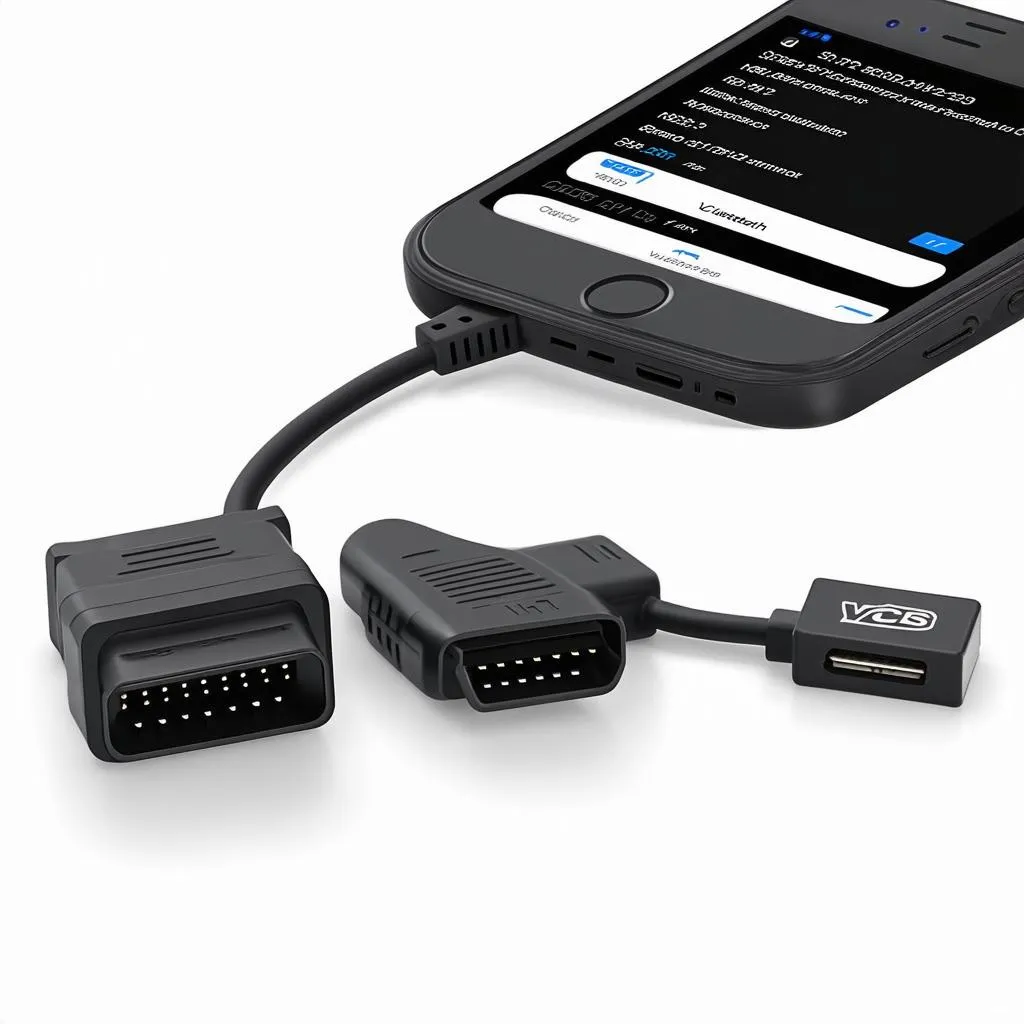The rain sensor in your vehicle is a marvel of modern engineering, automatically activating your wipers and adjusting their speed based on the intensity of precipitation. But did you know that you can fine-tune its sensitivity and behavior using a diagnostic tool like VCDS (Vag-Com Diagnostic System)? This guide will walk you through the process of VCDS rain sensor coding, providing you with the knowledge to customize your vehicle’s response to rain.
Understanding VCDS and Rain Sensor Coding
Before we delve into the coding process, it’s crucial to understand the tools and concepts involved.
What is VCDS?
VCDS is a powerful diagnostic and coding software designed specifically for vehicles within the Volkswagen Auto Group (VAG), which includes brands like Volkswagen, Audi, Seat, and Skoda. Think of it as a direct line of communication to your car’s brain, allowing you to access and modify various settings, including those related to your rain sensor.
What is Rain Sensor Coding?
Rain sensor coding involves modifying specific parameters within your car’s onboard computer using VCDS. This allows you to adjust the sensitivity of the rain sensor, dictating how quickly and at what intensity the wipers react to rain.
 VCDS Interface
VCDS Interface
The Benefits of VCDS Rain Sensor Coding
Why go through the effort of coding your rain sensor? Here are a few compelling reasons:
- Personalized Sensitivity: Not everyone finds the factory default rain sensor setting ideal. Some might prefer their wipers to activate at the slightest drizzle, while others prefer a delayed response for light rain. VCDS coding allows you to personalize this sensitivity to match your preference.
- Fine-Tuned Performance: Beyond simple sensitivity, you can adjust parameters like wiper speed in relation to rain intensity, ensuring optimal visibility without excessive wiper movement.
- Enhanced Driving Experience: Ultimately, a finely tuned rain sensor contributes to a more comfortable and safer driving experience, particularly during inclement weather.
 Rain Sensor Coding
Rain Sensor Coding
How to Code Your Rain Sensor Using VCDS
While the specific steps may vary slightly depending on your vehicle’s model year and configuration, the general process remains consistent:
- Connect and Access: Connect your VCDS interface to your vehicle’s OBD-II port, typically located under the dashboard on the driver’s side. Launch the VCDS software on your computer and establish communication with your car.
- Navigate to the Rain Sensor Module: Depending on your vehicle model, you’ll need to navigate to the appropriate control module within the VCDS software. This is often labeled as “Central Electronics” or a similar designation.
- Locate the Rain Sensor Coding: Within the control module, you’ll find a section dedicated to the rain sensor. Here, you’ll encounter various coding parameters labeled with numerical values.
- Adjust the Coding Parameters: This is where you can modify the sensitivity, wiper speed, and other rain sensor settings. It’s highly recommended to note down the original coding values before making any changes, allowing you to revert back if needed.
- Save and Verify: Once you’ve adjusted the coding parameters to your liking, save the changes within VCDS. It’s always a good practice to test the rain sensor’s response afterward, ensuring it functions as intended.

